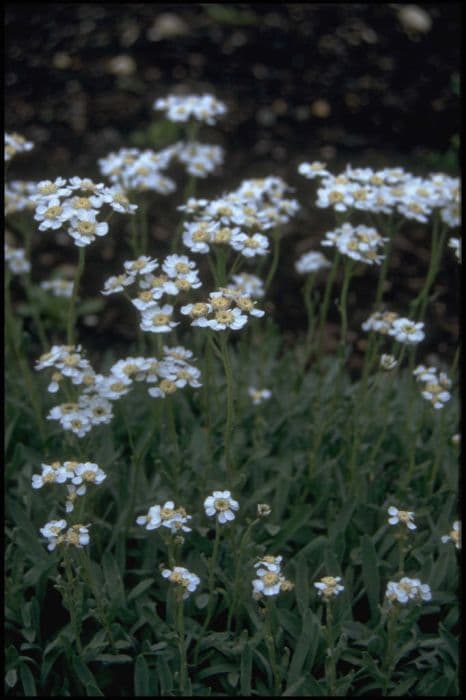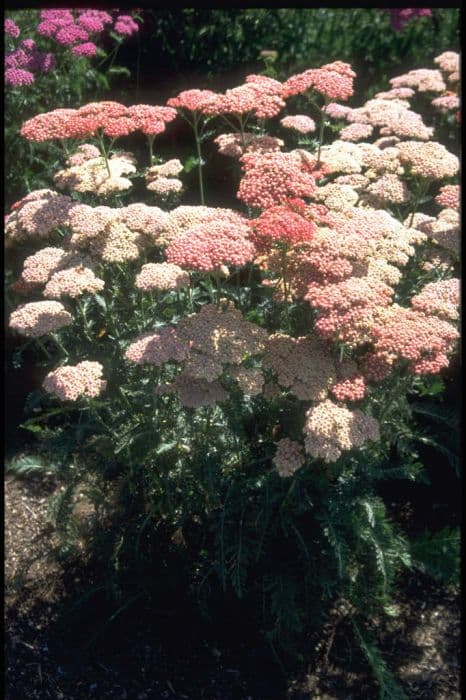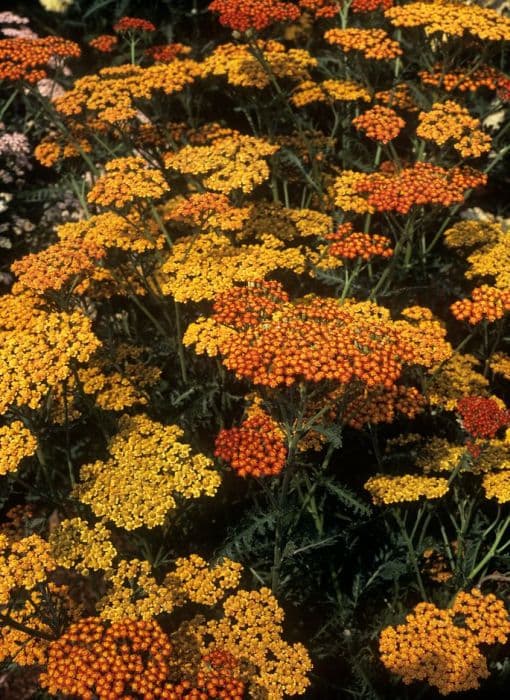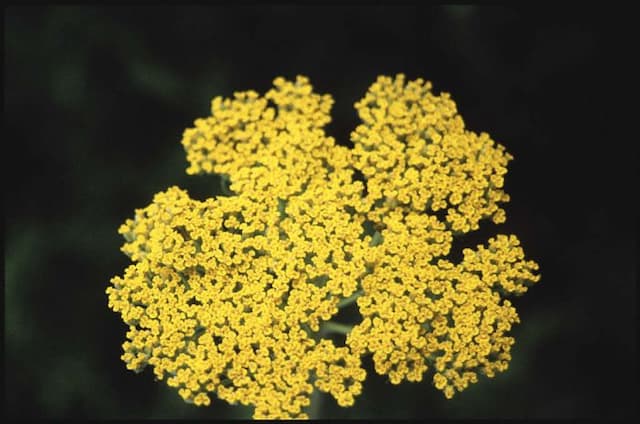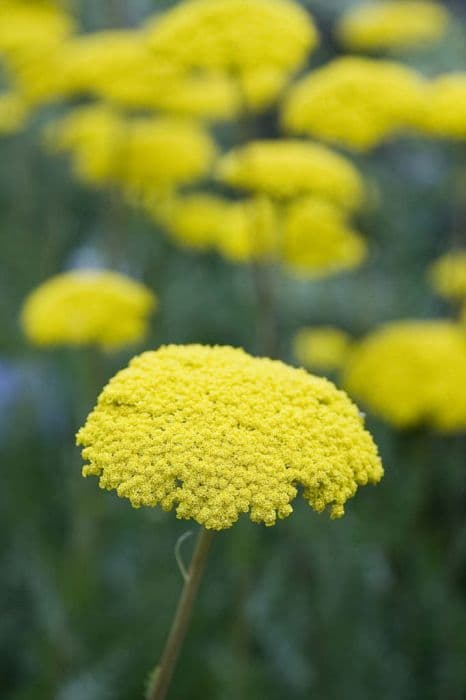Alpine aster Aster alpinus

ABOUT
The Alpine aster is a charming perennial plant notable for its daisy-like flowers, which have a central disk of yellow surrounded by radiant purple petals, giving it a traditional star-like aster shape. When in bloom, the flowers create a colorful contrast against the backdrop of its foliage. The leaves at the base of the Alpine aster are typically spoon-shaped, and a deep green color, often with a slightly hairy or downy texture that enhances their lush appearance. As the stem rises, smaller, narrower leaves may clasp it, becoming less prominent than the basal foliage. Through the blooming season, this plant presents a picturesque collection of flowers and leaves, attracting various pollinators to its vivid blossoms.
About this plant
 Names
NamesFamily
Asteraceae.
Synonyms
Alpine Aster, Mountain Aster, Alpine Daisy.
Common names
Aster bellidiastrum, Aster alpinus var. vierhapperi, Diplopappus alpinus
 Toxicity
ToxicityTo humans
Alpine aster is generally not considered toxic to humans. There are no well-documented cases of poisoning from consuming or handling this plant. However, as with any plant, individual allergies or sensitivities could potentially cause reactions in some people when handling or ingesting Alpine aster.
To pets
Alpine aster is also generally considered non-toxic to pets. It is not known to cause serious poisoning if ingested by animals such as cats and dogs. Nevertheless, ingestion of any plant material can sometimes result in mild gastrointestinal upset in pets, so it's always best to prevent your pets from eating plants that are not meant for consumption.
 Characteristics
CharacteristicsLife cycle
Perennials
Foliage type
Deciduous
Color of leaves
Green
Flower color
Purple
Height
1 feet (0.3 meters)
Spread
1 feet (0.3 meters)
Plant type
Herb
Hardiness zones
4
Native area
Europe
Benefits
 General Benefits
General Benefits- Aesthetic Appeal: Alpine aster adds vibrant color and beauty to gardens with its striking blue, purple, or pink flowers.
- Attracts Pollinators: It is known to attract bees, butterflies, and other pollinators, aiding in the pollination of nearby plants.
- Low Maintenance: Alpine aster is a hardy plant that requires minimal care once established, making it ideal for gardeners of all levels.
- Drought Tolerance: It has good drought resistance, which makes it suitable for xeriscaping and gardens in drier climates.
- Cold Hardy: This plant can survive in cold temperatures, making it suitable for alpine and rock gardens in cooler regions.
- Versatility: Alpine aster is suitable for borders, containers, and as ground cover, providing flexibility in garden design.
- Long Blooming: The plant has a long flowering season, offering bursts of color from late spring to early summer.
- Non-Invasive: Alpine aster is non-invasive, ensuring it won't overtake other plants in the garden.
- Easy Propagation: It can be easily propagated by seed or division, allowing gardeners to expand their collection without additional cost.
- Compact Growth: With its compact growth habit, alpine aster is ideal for small gardens and spaces where controlling plant size is important.
 Medical Properties
Medical Properties- Anti-inflammatory: Aster alpinus has been traditionally used for its possible anti-inflammatory effects.
- Antiseptic: The plant may have antiseptic qualities, helpful in preventing the growth of microorganisms.
- Diuretic: It is sometimes used for its potential diuretic properties, which can help in increasing the passing of urine.
- Astringent: Has been used for its astringent properties which may help in constricting tissues or canals of the body.
 Air-purifying Qualities
Air-purifying QualitiesThis plant is not specifically known for air purifying qualities.
 Other Uses
Other Uses- Aster alpinus, commonly known as Alpine aster, can be used as a natural dye; the flowers may produce colors ranging from soft yellows to purples when utilized in fabric dyeing processes.
- The petals of the Alpine aster can sometimes be used to make organic confetti or decorations for eco-friendly events, as they are biodegradable and non-toxic to the environment.
- Some people might use the bold, colorful flowers of the Alpine aster for crafting natural jewelry, such as pendants or earrings, by pressing and preserving them in clear resin.
- Alpine aster flowers can be integrated into edible flower mixes for culinary decoration, imparting a mild, non-toxic floral accent to dishes and desserts.
- The plant has been used in the art of pressed flower arrangements, where the Alpine aster's vibrant colors can maintain their hue for extended periods.
- As a natural insect attractant, Alpine aster can be planted strategically in gardens to help pollinate other plants and contribute to local biodiversity.
- The Alpine aster may be implemented in companion planting to enhance the growth of certain vegetables or deter pests due to its specific attracting or repelling properties.
- Gardeners may cultivate Alpine aster as a border plant in landscaping projects to provide a pop of color and structure to garden designs.
- Floral artists could use Alpine aster stems to create botanical inks for drawing or calligraphy, drawing from the plant's pigment for unique colorations.
- In colder climates, the Alpine aster, which is tolerant of alpine conditions, can serve as a hardy perennial ground cover, reducing soil erosion and requiring minimal maintenance.
Interesting Facts
 Feng Shui
Feng ShuiThe Alpine aster is not used in Feng Shui practice.
 Zodiac Sign Compitability
Zodiac Sign CompitabilityThe Alpine aster is not used in astrology practice.
 Plant Symbolism
Plant Symbolism- Patience: The Alpine aster blooms later in the season, reminding us of patience and the reward of waiting for the right moment.
- Love of Variety: With its range of colors, the Alpine aster symbolizes appreciation for diversity and a love of different experiences.
- Strength: As a mountain-dwelling plant, the Alpine aster represents hardiness and the ability to thrive in challenging conditions, indicating inner strength.
- Elegance: The delicate form and graceful petals of the Alpine aster convey a sense of refinement and understated beauty.
- Wisdom: Traditionally associated with the wisdom that comes with age, as asters often bloom in the late summer and fall, symbolizing the passage of time and maturity.
 Water
WaterAlpine asters require consistent moisture, so water them deeply once a week, using about 1 gallon of water per plant. During hot, dry periods, increase the frequency to twice a week. Ensure the soil around the alpine aster is well-draining to prevent waterlogging, which can lead to root rot. To maintain a consistent level of soil moisture, consider using a drip irrigation system. Water in the early morning to allow foliage to dry throughout the day, reducing the risk of fungal diseases.
 Light
LightAlpine asters thrive in full sun, which means they need at least 6 hours of direct sunlight daily. The best spot for these plants would be in an area where they can receive unobstructed sunlight throughout the day. While they can tolerate some light shade, too much shade can lead to leggy growth and less flowering.
 Temperature
TemperatureAlpine asters prefer a cooler climate and can tolerate minimum temperatures down to 20 degrees Fahrenheit. They perform best in temperatures that range between 60 and 70 degrees Fahrenheit. These plants can survive up to a maximum temperature of around 80 degrees Fahrenheit but prolonged exposure to heat may stress them.
 Pruning
PruningAlpine asters should be pruned to maintain shape and to encourage bushy growth and vigorous flowering. Prune in late spring, removing any dead or damaged stems and cutting back one-third of the plant's size. Deadheading spent flowers throughout the blooming season will also promote further blooms.
 Cleaning
CleaningAs needed
 Soil
SoilAlpine aster thrives in well-draining soil, ideally a mix of loam, sand, and peat with some organic matter. A pH level ranging from 5.8 to 6.5 is best for this plant. Amend garden soil with compost and perlite or grit to improve drainage and mimic alpine conditions.
 Repotting
RepottingAlpine asters do not require frequent repotting and can often thrive in the same pot for several years. When the plant outgrows its pot, typically every 2 to 3 years, it should be repotted in the spring just as new growth begins.
 Humidity & Misting
Humidity & MistingAlpine aster prefers a drier climate and does not require high humidity. Average room humidity is generally sufficient, and it can tolerate the drier conditions found in most homes without the need for additional humidity.
 Suitable locations
Suitable locationsIndoor
Ensure bright light, good air circulate, and well-draining soil mix.
Outdoor
Plant in full sun, well-drained soil, and space 12 inches apart.
Hardiness zone
4-7 USDA
 Life cycle
Life cycleThe life of Alpine aster (Aster alpinus) begins with seed germination, which is usually in spring when the temperatures become suitable and the last frost has passed. After germination, the seedling grows, developing a rosette of leaves at the base during its first season. In its second year, the Alpine aster produces a flowering stem with blossoms that are daisy-like, with a yellow center and purple, blue, or pink petals, blooming from late spring to early summer. Following pollination by insects attracted to the blooms, the flowers then produce seeds which are dispersed by wind and can begin the cycle anew. In winter, the plant enters a dormant phase, with above-ground parts dying back while the root system remains alive. This hardy perennial emerges again in spring, continuing its life cycle for several years.
 Propogation
PropogationPropogation time
Spring to summer
The Alpine aster is commonly propagated through seed sowing. The most popular method involves sowing the seeds in early spring to late summer directly into a well-drained, open, sunny position where the plants are to flower. Seeds should be sown thinly over the soil surface and lightly covered with about 1/8 inch (approximately 3 millimeters) of soil or vermiculite to protect them and keep them moist during germination. Germination typically occurs within 15 to 30 days at 65 to 70 degrees Fahrenheit (18 to 21 degrees Celsius). Once the seedlings have developed several true leaves and are large enough to handle, they can be thinned out or transplanted to their final positions, spaced about 12 inches (30 centimeters) apart to allow for full growth.
